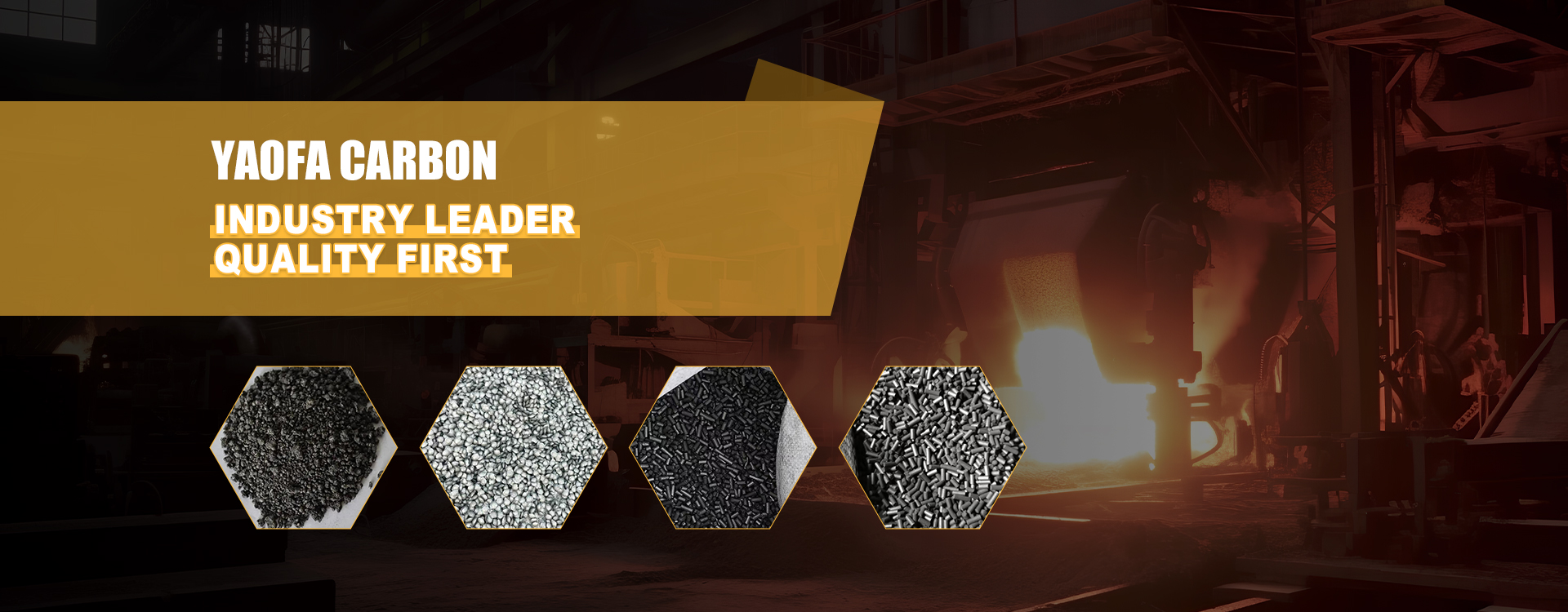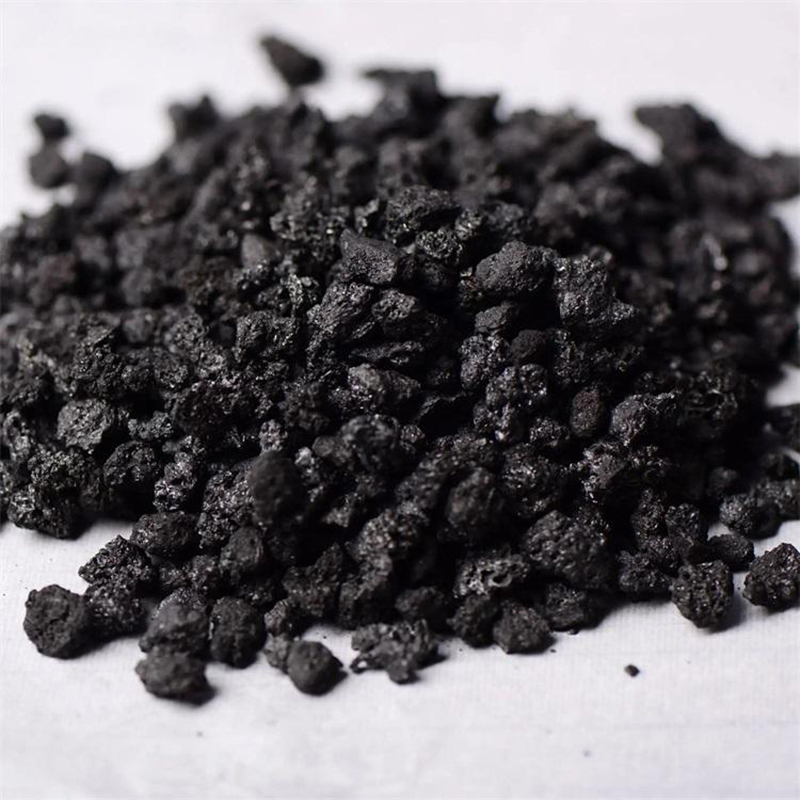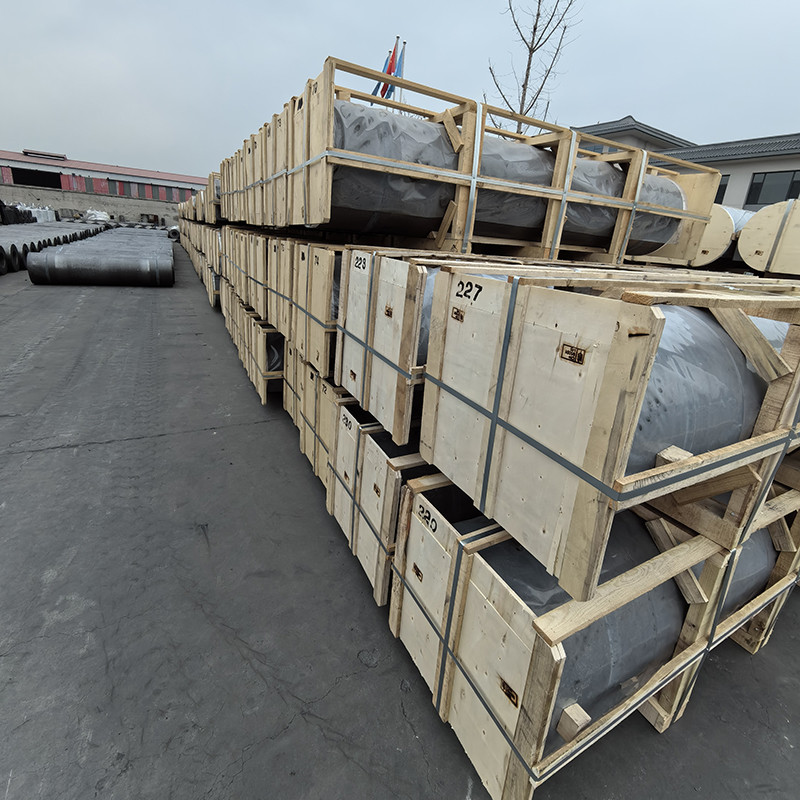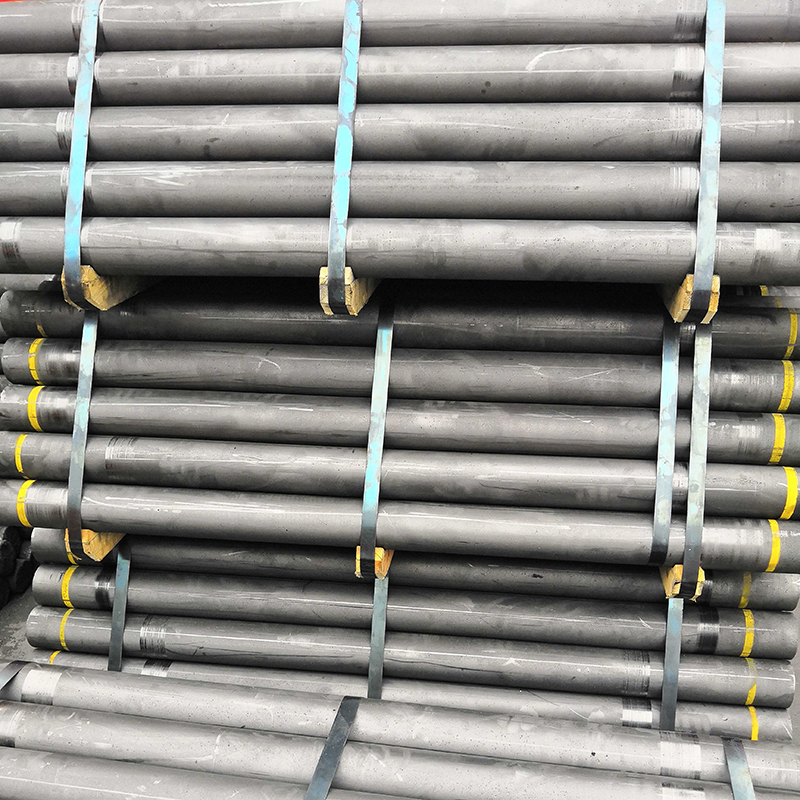- Chinese
- French
- German
- Portuguese
- Spanish
- Russian
- Japanese
- Korean
- Arabic
- Irish
- Greek
- Turkish
- Italian
- Danish
- Romanian
- Indonesian
- Czech
- Afrikaans
- Swedish
- Polish
- Basque
- Catalan
- Esperanto
- Hindi
- Lao
- Albanian
- Amharic
- Armenian
- Azerbaijani
- Belarusian
- Bengali
- Bosnian
- Bulgarian
- Cebuano
- Chichewa
- Corsican
- Croatian
- Dutch
- Estonian
- Filipino
- Finnish
- Frisian
- Galician
- Georgian
- Gujarati
- Haitian
- Hausa
- Hawaiian
- Hebrew
- Hmong
- Hungarian
- Icelandic
- Igbo
- Javanese
- Kannada
- Kazakh
- Khmer
- Kurdish
- Kyrgyz
- Latin
- Latvian
- Lithuanian
- Luxembou..
- Macedonian
- Malagasy
- Malay
- Malayalam
- Maltese
- Maori
- Marathi
- Mongolian
- Burmese
- Nepali
- Norwegian
- Pashto
- Persian
- Punjabi
- Serbian
- Sesotho
- Sinhala
- Slovak
- Slovenian
- Somali
- Samoan
- Scots Gaelic
- Shona
- Sindhi
- Sundanese
- Swahili
- Tajik
- Tamil
- Telugu
- Thai
- Ukrainian
- Urdu
- Uzbek
- Vietnamese
- Welsh
- Xhosa
- Yiddish
- Yoruba
- Zulu
- Kinyarwanda
- Tatar
- Oriya
- Turkmen
- Uyghur

Graphitized recarburizer
The Essentials of Graphitized Recarburizer
Graphitized recarburizer often pops up in discussions about enhancing molten iron's carbon content. Is it just another buzzword, or is there more to this material? Let's dig into its practical applications, possible misconceptions, and some firsthand insights from the field.
Understanding Graphitized Recarburizer
The first time I encountered a graphitized recarburizer, it struck me how misunderstood this material is. Many see it as just another additive, yet its effectiveness in raising carbon content efficiently can’t be overstated. The transformation from raw petroleum coke into something so fine-tuned is fascinating.
Graphitization, in essence, alters the structure of the carbon, enhancing its conductivity and reducing its impurity levels. It's this transformation that sets a graphitized recarburizer apart from its non-graphitized counterparts. It's a blend of art and science, if you ask me.
And yet, not all manufacturers produce the same quality. I've encountered recarburizers that underperformed, either due to structural inconsistencies or impurities. It's a reminder that the source matters—which is why many in the industry have turned to reliable suppliers, like Hebei Yaofa Carbon Co., Ltd.
The Process and Its Pitfalls
The graphitization process isn't merely about temperature and time. It's a delicate dance, balancing costs and outcomes. Key to this is understanding the nature of the feedstock. Petroleum coke, for example, may vary widely in its initial sulfur content.
When we first trialed different graphitizers, one particular batch led to unexpected results—higher than anticipated oxidation during the metallurgical process. A deeper analysis traced the issue back to the initial feedstock’s inconsistencies. Lesson learned: the devil lies in the details.
Working closely with suppliers like Hebei Yaofa Carbon Co., Ltd., known for their precision and consistency in manufacturing, has since become our standard practice. Their decades of experience help ensure each batch meets our expectations.
Misconceptions and Clarity
One common misunderstanding is equating higher carbon content in recarburizers with higher efficiency. Yet, without proper graphitization, even the richest carbon source may introduce unpredictability in performance. It's the structure, not merely the content, that dictates usability.
I recall a scenario with a supplier of non-graphitized material claiming superiority based on sheer carbon numbers. Yet, in actual trials, the absorption rate was subpar, leading to uneven carbon distribution in the final product. Numbers on paper didn’t match field results.
This experience reinforced the importance of having partners who offer both expertise and transparency. Hebei Yaofa’s comprehensive understanding of carbon materials, honed over decades, makes them a reliable partner in navigating these subtleties.
Real-World Testing and Feedback
In the real world, testing under actual conditions is irreplaceable. We've run numerous trials where the lab analysis didn’t align with field results. It wasn’t until we started collaborating with more entrenched manufacturers that those gaps began to close.
This iterative process involved tweaks and adaptations. The learning curve, though steep, is an integral part of refining our practices and understanding. Feedback loops with manufacturers like Hebei Yaofa are crucial for maintaining product reliability.
Trust, I've found, is built not just on quality but on consistent, open communication. Their team, leveraging 20 years of experience, proves invaluable when navigating production challenges.
The Future of Graphitized Recarburizers
Looking forward, the evolution of graphitized recarburizer technology shows promise. With demands for higher efficiency and cleaner production, innovations are par for the course. As the steel and foundry industries continue to expand, refining these materials will remain pivotal.
My ongoing collaborations with experienced manufacturers indicate a shift towards proactive problem-solving approaches. Embracing tech advancements in product testing and batch consistency remains critical. It's an exciting frontier, where past experiences guide future innovations.
In closing, the journey with graphitized recarburizers is one of constant learning and adaptation. With industry leaders like Hebei Yaofa Carbon Co., Ltd. setting the pace, we can anticipate continued improvements and refinements in this essential component of carbon tech.
Related products
Related products













